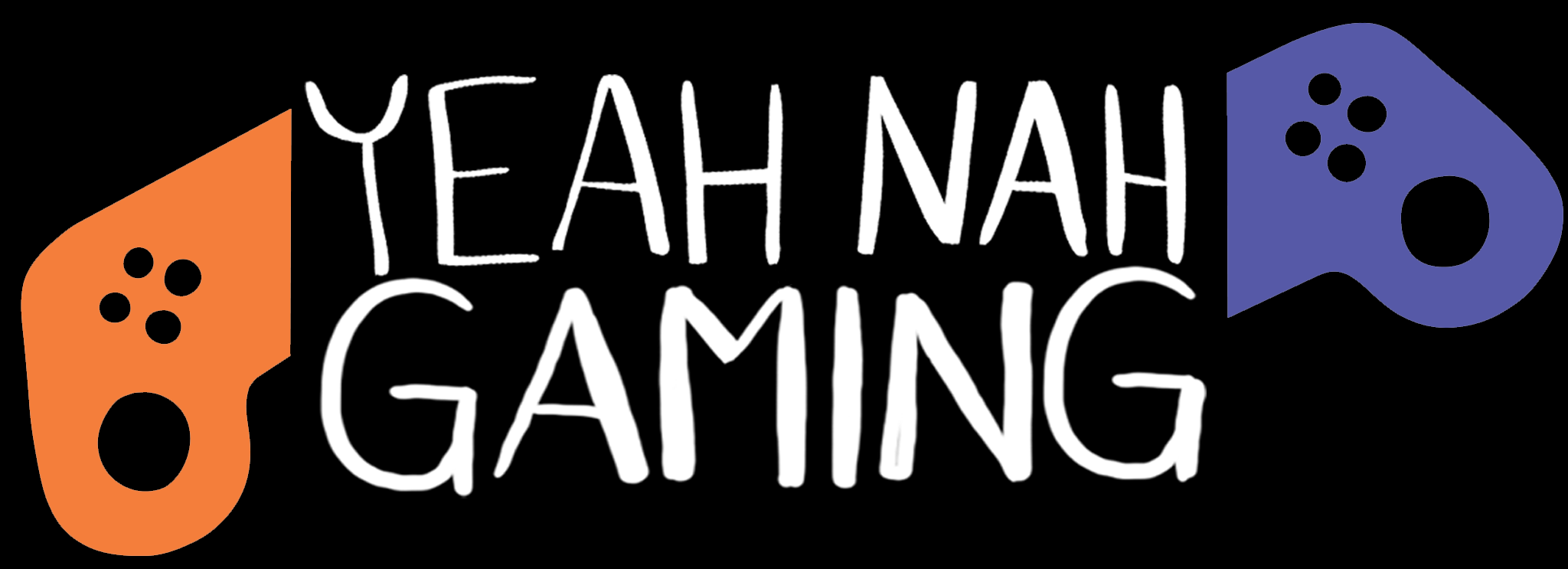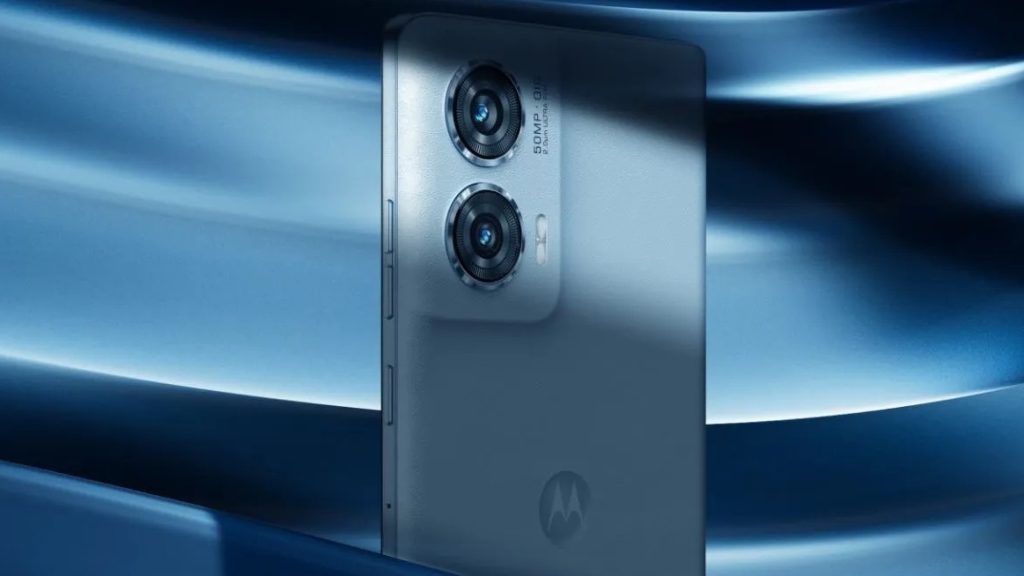Inflation is a bitch, as it gets harder and harder to make a dollar last in 2024. This is even more prevalent in technology, and mobile phones are an obvious indicator of such: The flagship phones from Apple and Samsung have increased by 1.6 times from their first model to the most recent releases, and that’s just the base 2024 models, no less. As such, people are looking more and more into mid-range mobile phones, price-wise, as their go-to devices. And that’s a wise investment, as most of the phones in the mid-price range are anything but mid.
The Motorola Edge 50 Fusion exemplifies this: While the Edge 50 Fusion lacks some of the features that the iPhones and the Galaxy phones proliferating the market have, what it does pack in makes it a solid purchase for the price range, but only if its specific features apply to your needs.
Mid-range phones are often stripped of some of the features that are packed into their brands’ top-of-the-line equivalents, and they usually vary by the brand and model. For the Edge 50 Fusion, the first point of difference is the build: Unlike the Edge 50 Pro and Ultra that were also released at the same time, the Edge 50 Fusion utilises a plastic frame in lieu of an aluminium frame. The back of the phone is textured in “vegan leather,” or silicone polymer, to be precise. What surprised me is the feel of it: The back of the Forest Blue model I reviewed feels considerably smoother than the typical matte plastic or vegan leather, but not to the extent that would exist on glass or metal backs. The closest comparison I can make, in terms of tactility, is satin, and it’s unlike anything I felt before on a phone build, and by far and away it was the first feature I showed people about the phone.

While the plastic frame raises questions on the phone’s durability, I’ve found the phone to feel quite sturdy yet light in my time test-driving this phone. At 175g without the protective case (193g with) and not quite 8mm in thickness across most of the phone (the camera lens adds an extra 1.5mm), it is a very light, very thin phone that won’t be a hindrance in your hands or sitting in your pocket all day.
The 6.7-inch display is surrounded by a fine bezel of about 2 mm in thickness, so the display looks and feels extra spacious. It felt fine reaching all corners of the screen, but combining the seemingly large display with the light build, I often found myself using two hands to use the device because using it with one hand feels like it will just slip out of my hands. At 393 ppi density on a 1080 by 2400 resolution, the display looks great and the images look very sharp. The display can get very bright, too. Doing some research, the phone’s brightness is rated at about 1300 nits, which is very bright compared to others in its price range – the Samsung A55, for example, tops out at 1000 nits. Furthermore, the Motorola Edge 50 Fusion has a very high refresh rate at 144Hz, but it does lack HDR. Some other phones in this price range have HDR but have a max 120Hz refresh rate. So if you’re after a phone that has a very smooth refresh rate and you’re not concerned with HDR, then the Edge 50 Fusion is a good choice.

The Edge 50 Fusion runs on a Snapdragon Gen 2 processor, which is admittedly slightly dated in the mobile phone world, but compared to other phones in this price range, it is an optimal processor for value-for-money and seems to be the go-to for all phones in the mid-price range.
Motorola has packed their own version of the UI on top of the Android 14 platform, called Hello UI, with some additional customisation and quality of life designs to the Google operating system. While the Hello UI additions are largely unobtrusive, the majority of the Hello UI is quite basic, albeit handy at times: The main ethos to this UI is the ability to customise the look of the phone, like the ability to use AI to generate a wallpaper to match your outfit, if the idea of having your phone match your outfit really floats your boat.

The Motorola Edge 50 Fusion has a surprisingly large battery at 5000 mAh, which is very impressive. This gives the phone an average battery life of 30 to 40 hours on a full charge. It doesn’t have wireless charging but includes a 68W adapter. Wireless charging capability is something I feel should be standard, given the technology has been around for over five years, but the adapter being included is something that not all phone makers provide. Using the 68W adapter to recharge, the phone can recharge from 20% to 100% in just over an hour.
The Edge 50 Fusion model I am reviewing is a 256GB storage with 12GB RAM model, but it is possible to find other models of the Edge 50 Fusion in other storage/memory configurations (from 128GB storage/8GB RAM to 512GB storage/12GB RAM). The model I reviewed is responsive, and I haven’t really experienced a slowdown in application loading speeds. Bear in mind, I’ve only had the phone for a couple of weeks, and I usually find phones slowing down after months of use due to accumulation of applications and files. The 256GB of storage is plenty, but like most other phones nowadays, it lacks a card slot for expandable storage.

On the back of the Edge 50 Fusion houses two cameras: a 50-megapixel wide and a 32-megapixel ultrawide, and a 32-megapixel front-facing camera. They do a great job at capturing video and images, but the phone lacks a third telephoto lens that other phones in the similar price range will have included. While the camera hardware is good, using Sony sensors and also having optical image stabilisation onboard, the software can be laggy at times, especially when switching modes. In terms of the camera, there are phones out there with better camera setups – but not at this price. Bang for buck, the Motorola Edge 50 Fusion has one of the best cameras on the market.
There are a lot of good things to talk about the Motorola Edge 50 Fusion, albeit with an asterisk at the end of every positive: the build and finish are good (but it’s plastic), the display and resolution look very clean (but no HDR), there is solid Hello UI built in (but very basic), and the camera is very good performing (definitely not the best in the market). This is usually the quandary with mid-range phones, as phone makers tend to strip some features to fit within the budget, and it all depends on what they keep and what they take out. With the Motorola Edge 50 Fusion, what they have kept in the phone is mainly very positive, and factoring in the price that you can get it for (at time of writing, it is selling on the Spark website for $659.00), it’s actually very impressive what they have fit in this phone.


1 Comment
Pingback: Motorola Razr 50 Ultra Review - Yeah Nah Gaming